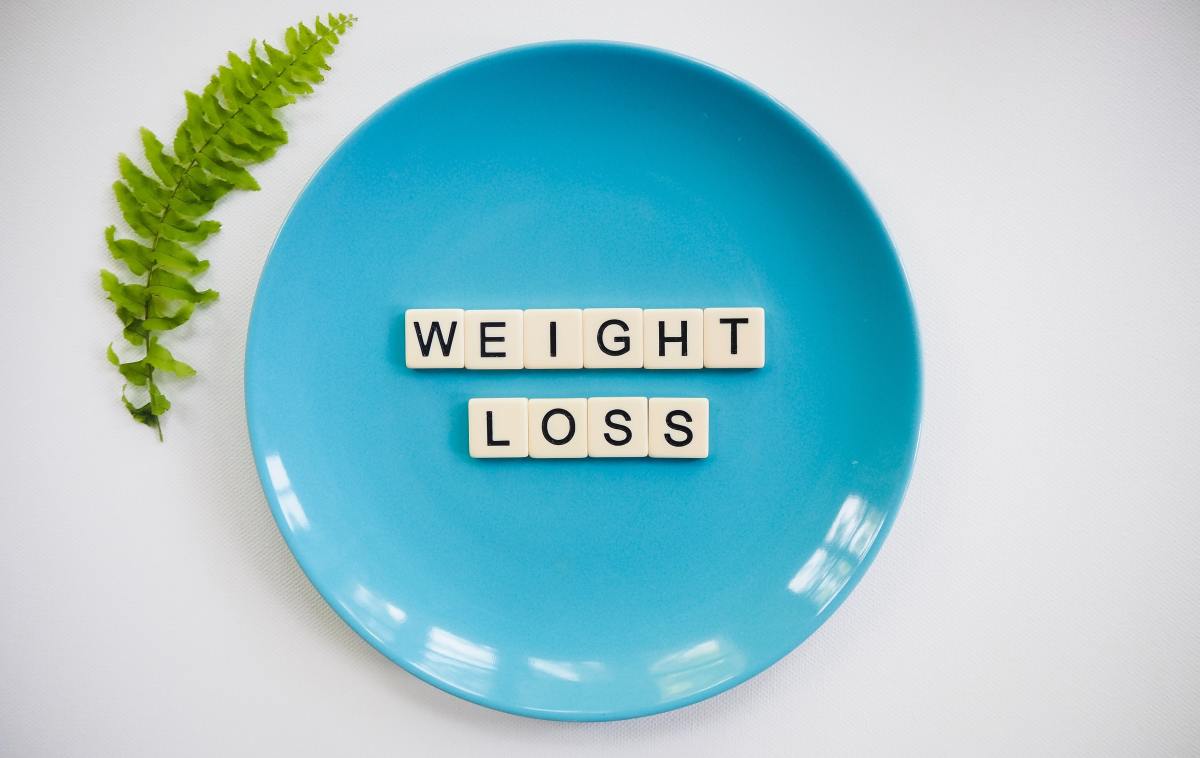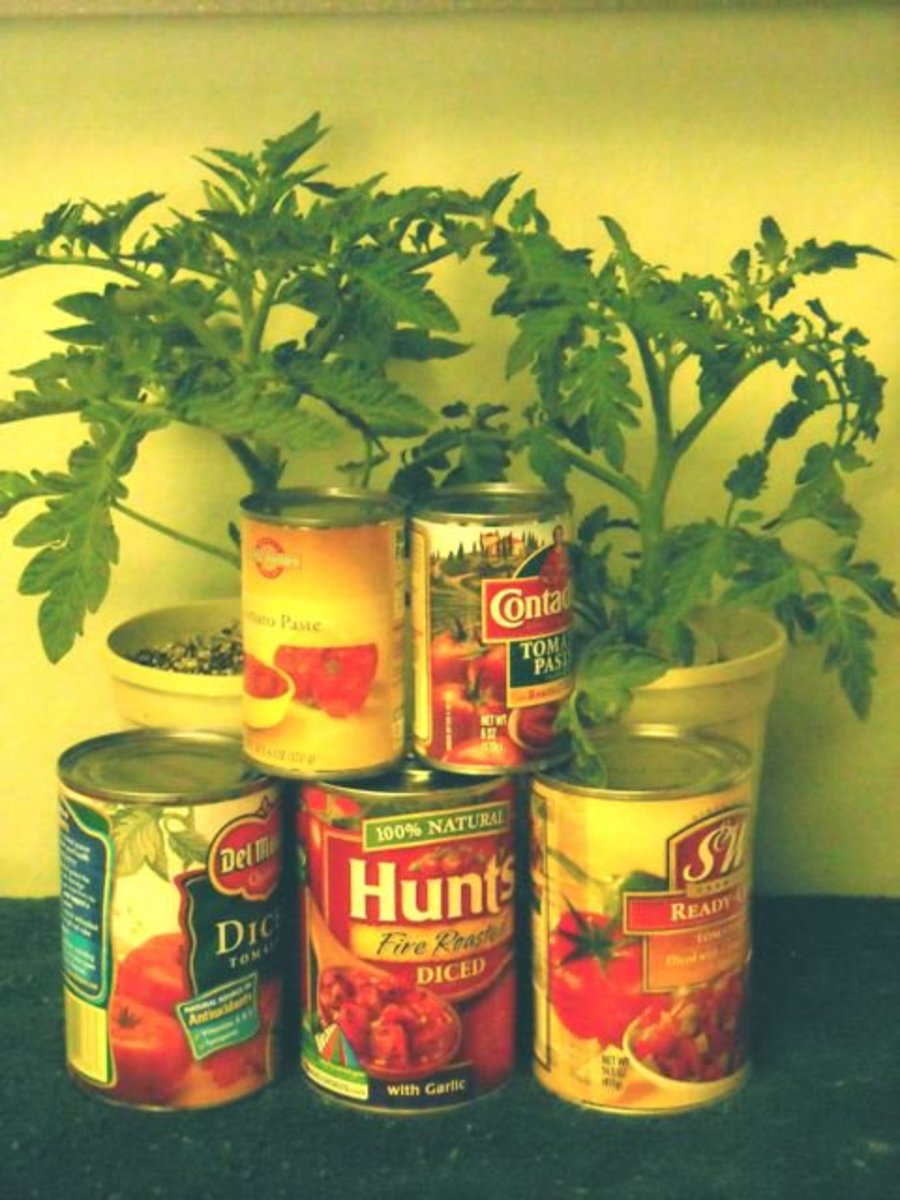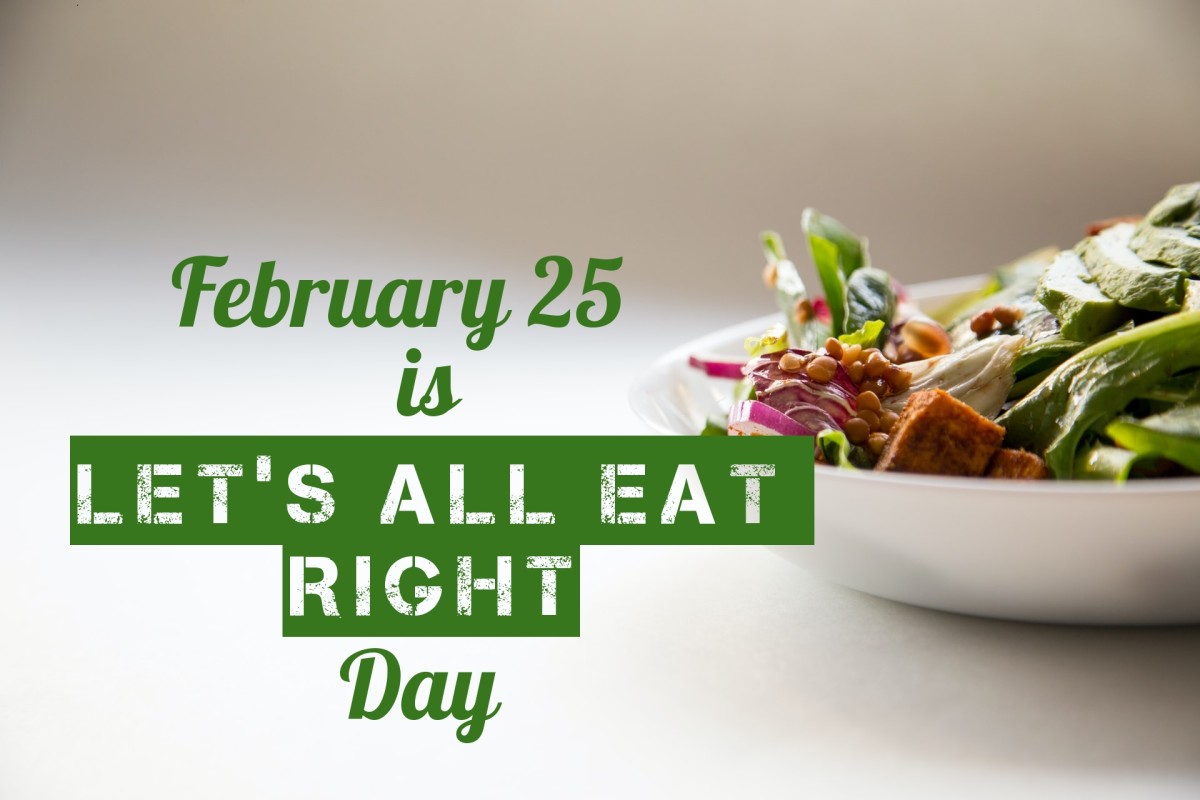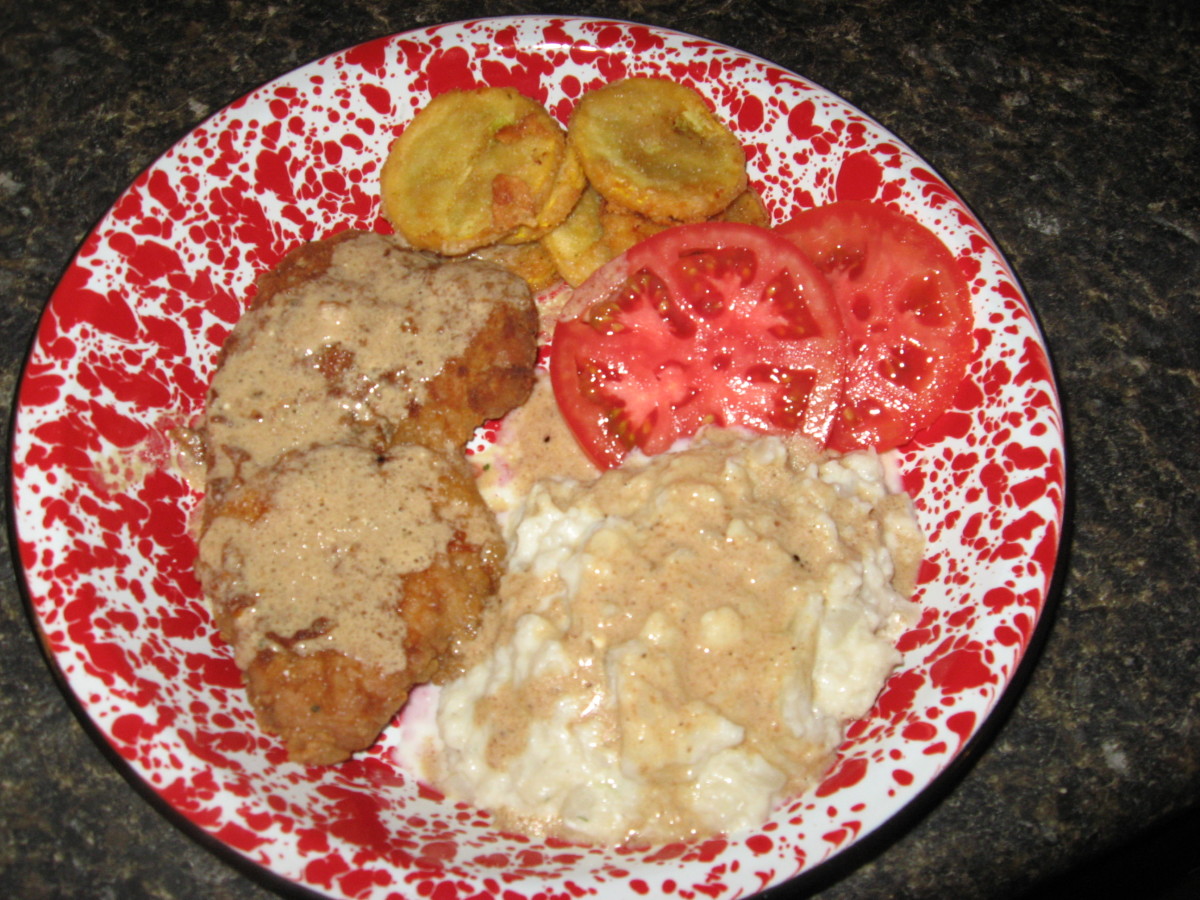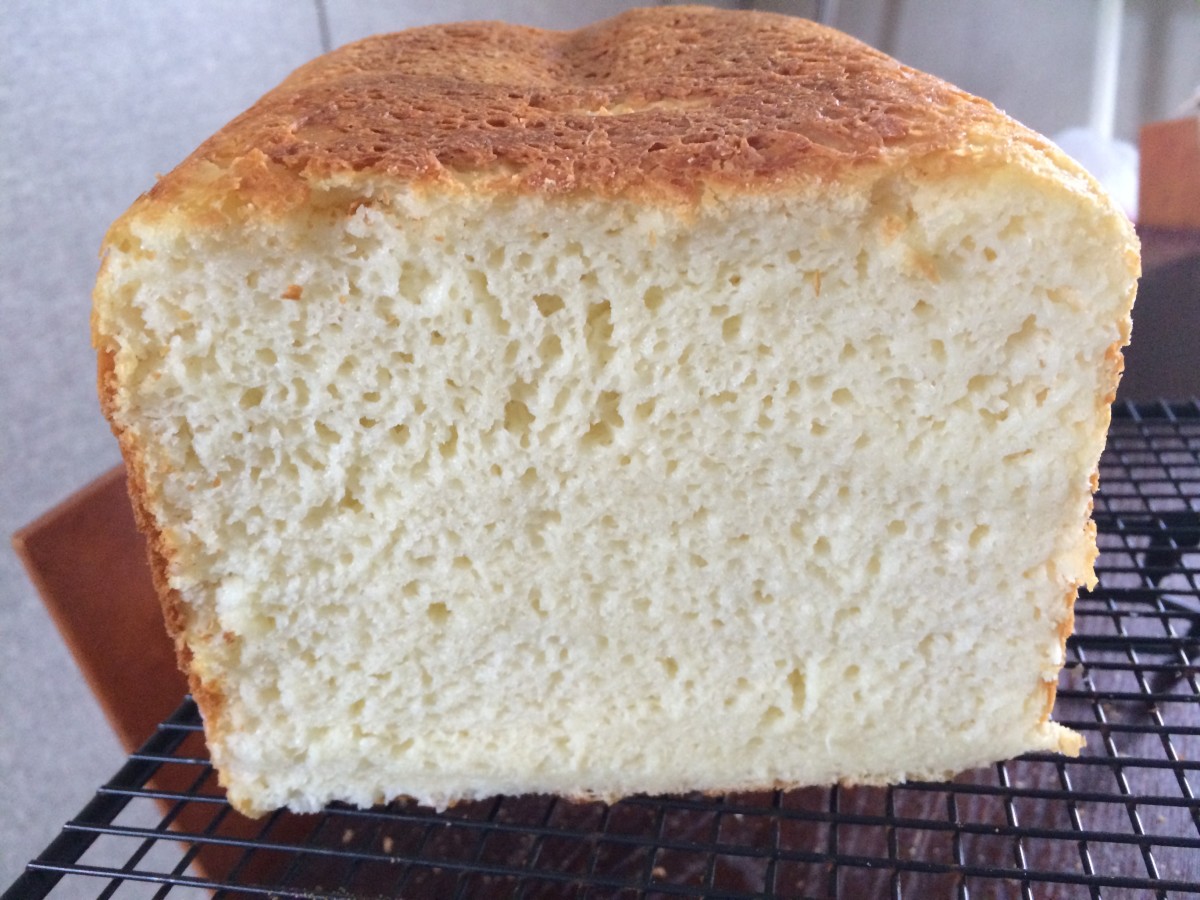How to Reduce Salt in your Diet and Still Enjoy Eating
In the American colonial days, people used to clamor for salt. They loved the taste of it. They especially wanted it to hide the taste of their spoiled meat. These days, we have refrigerators. We no longer want to hide the taste of spoiled meat. We would prefer to throw it away. The average American eats more than twice the recommended amount of sodium.
Salt is bad for us. It increases high blood pressure, may cause osteoporosis, and cause nervous problems. It causes heart disease, edema and kidney stones. It causes us to bloat and make us feel bad about ourselves.
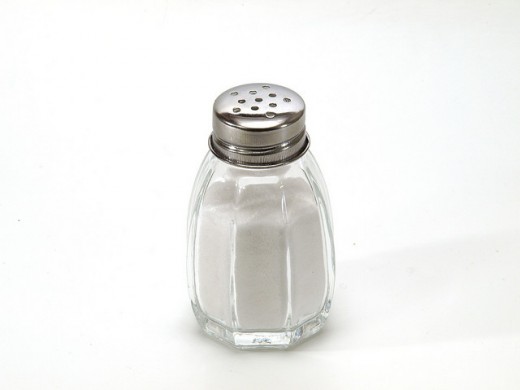
There are people who add salt to their food as a habit. I see them reaching for the salt shaker before they have even tasted their food to see if it needs salt. When I tell them that I have reduced salt in my diet, they don't believe it is even possible.
Salt is in a lot of processed foods. Even raw ingredients, like chicken, are injected with a saline solution to make them plump and add weight to make it more profitable. It is impossible to completely cut out salt in your diet, which is a good thing, because a small amount of salt is good for you. But reducing salt from your diet can help reduce your blood pressure and keep you from getting bloated.
Here are some easy ways to reduce salt in your diet.
Avoid Processed Foods
There are so many processed foods that have salt in them, and avoiding them is one of the best ways to reduce salt in your diet. Stay away from salty snacks like chips, pretzels, and crackers. Many things that aren't salty, also have a great deal of salt in them. Cookies and cereal and many other processed foods have salt in them. Even things you consider as raw ingredients, like corn, chicken, beans, and tuna have salt in them.
Substitute fresh fruits and vegetables and other healthier options instead. They are better for you, and will help reduce salt from your diet.
If you can't avoid buying the processed food entirely, read the labels and try to find ones that say "no salt", and "reduced sodium" on them. Rinse out the salt from the corn and beans before adding them to your cooking.
Cook Your Own Food
Cooking your own meals is a great way to control what goes into your food. Besides cooking your regular meals, make a little extra to make a frozen dinner for later use.
Make your own broth, or use vegetable instead of meat broths. Making your own spaghetti sauce is a great use for all the tomatoes you have in the garden in the summertime. You can enjoy salt free sauce year around if you freeze it.
Cooking your own food is healthier, and saves you a great deal of money.
Gradual Reduction
Reduce the amount of salt you add to your cooking gradually, until you are not adding any salt to your cooking. Your taste buds will get a chance to get used to the new salt-free cooking. If you do it slowly enough, your family will not notice. My mother did this, and none of us noticed that she no longer cooked with salt. Even after she told us, we found it hard to believe.
Keeping the salt shaker in the kitchen is also helpful. Don't forbid anyone from adding salt in their food. That will just make them want it more. When someone notices that they are missing salt, they can go to the kitchen and salt their food. This will keep people from picking it up by habit. Eventually they will stop feeling the need to add the salt.
Add Other Spices
Reducing salt in your life does not mean that you reduce flavor in your life. It's actually quite the opposite, because you can get creative in adding other spices in your cooking.
Garlic and Italian seasonings are standard substitutions in our family. Other great seasonings include paprika and cayenne pepper. Other ingredients like fresh onions, cilantro, and lemon juice provide tasty ways to add flavor and freshness to your food. There are even companies that package salt-free seasonings to enhance the flavor of your foods without salt.
How to Reduce Your Salt Intake
Reduce Salt in Your Diet
Reducing salt in your diet is easy, and can be done without sacrificing flavor. You can do this by cooking your own foods, rinsing processed foods, and substituting other seasonings instead of salt.
When you reduce the salt in your diet, you will feel better, and may also possibly save money in medical costs.


